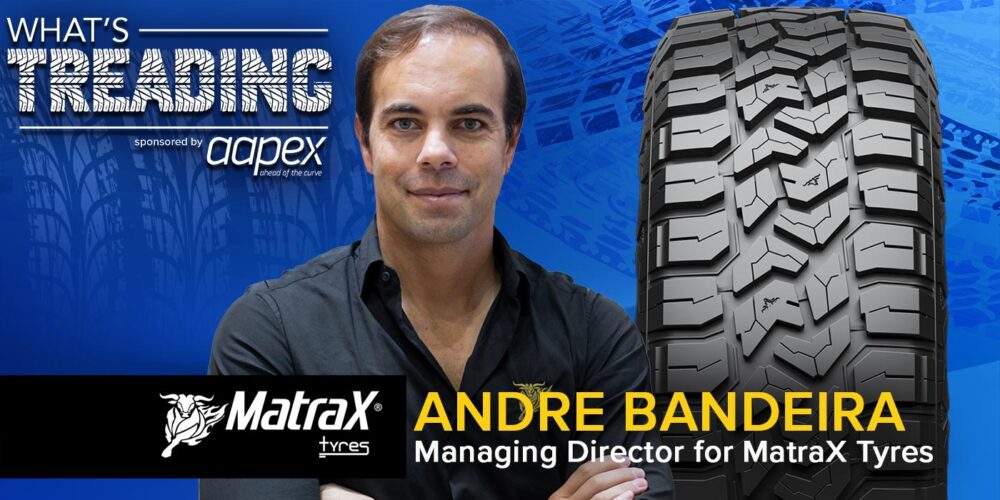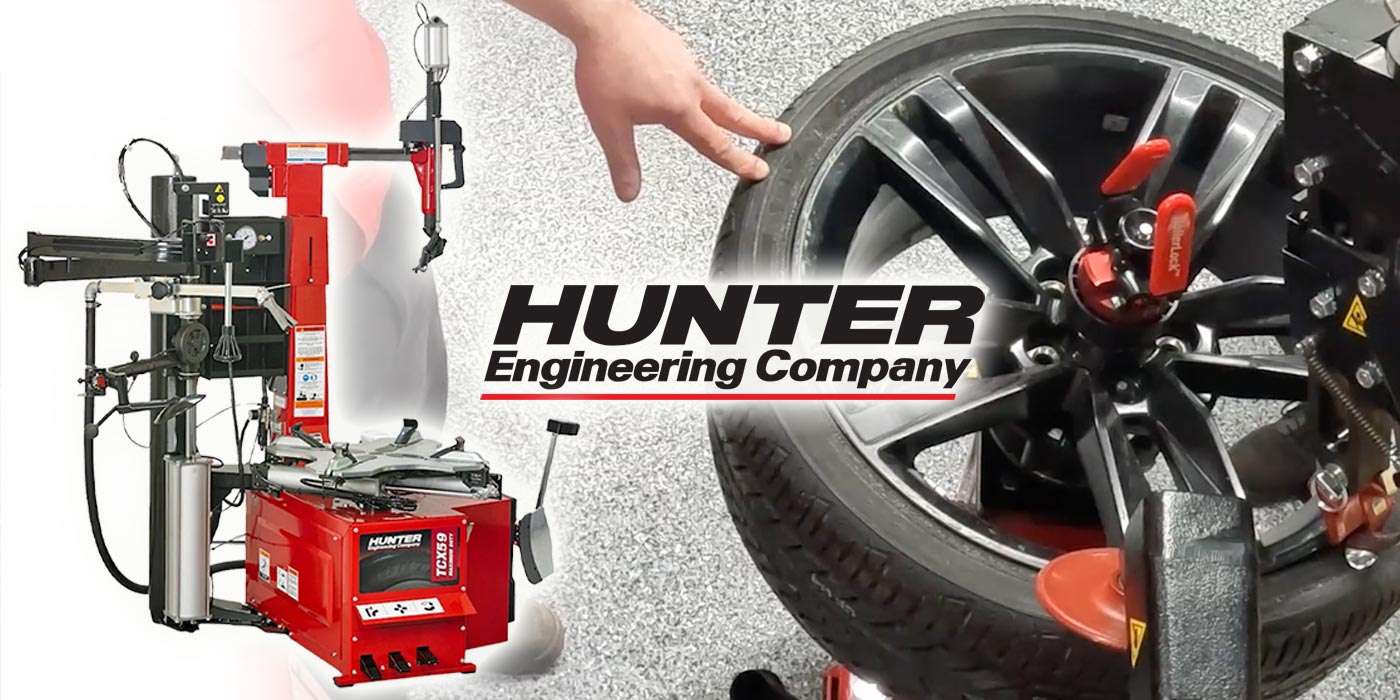The strut we know today was invented as an alternative to the short-long arm suspension. Engineers first started spec’ing cars with MacPherson struts in the 1960s, and since then, struts have been installed on everything from compact cars to full-size trucks.
Now, accountants liked these struts because they eliminated suspension parts. Engineers liked them because they were the perfect packaging solution for transversely mounted engines and transmissions. But for shops, these struts created new service and alignment challenges.
Eliminating the upper control arm changed how the camber, caster and toe increased or decreased as the suspension was compressed. The shorter arm on a conventional short-long arm suspension operates on a tighter arc than the lower long arm, so negative camber is induced as the suspension is compressed. With a MacPherson strut, the camber gain is minimal when the suspension is compressed.
Struts also changed steering geometry. The inward tilt of the strut is part of the steering axis inclination, or SAI, angle, and is determined by the lower ball and upper strut mount. The backward tilt establishes the caster angle. SAI also helps to set the camber angle during turns.
The other unseen angle is the scrub radius. The scrub radius is the distance in front view between SAI and the center of the contact patch of the wheel, where both would theoretically touch the road. It could be positive, negative or zero. Engineers will optimize SAI and the scrub radius to improve steering feel, braking stability and even torque steer.
These angles are why it is essential to examine the front suspension for bent parts when diagnosing a steering or tire wear-related problem. It is also why a brake pull could be an alignment AND suspension problem.
Under extreme forces, the strut can bend near its connecting point on the steering knuckle, or the piston rod itself can bend. The knuckle can also deform and change the angles. Either condition will cause the camber angle, SAI and the scrub radius to change.
If suspension damage is suspected, begin by checking the wheel alignment and performing a visual inspection. In general, if the camber angle is out of specification and can’t be adjusted, it’s entirely possible that the steering knuckle, as well as the strut, is bent.
One of the most challenging items to diagnose is a bent strut rod. To check for a bent strut shaft, loosen the large shaft nut at the top of each strut and rotate the shaft 360º while keeping an eye on the camber reading. If the shaft is bent even the slightest amount, the top of the wheel will wobble in and out, and the camber reading will change as the shaft turns. No change in the camber reading means there’s nothing wrong with the strut.
A strut with a bent shaft must be replaced because there’s no way to safely straighten this kind of damage. Attempt to bend a hardened shaft, and you’’ likely crack it. The only option is to replace the strut.
Don’t forget to follow us on Instagram and Facebook and subscribe to our YouTube channel for more tire, service and shop operations videos.













